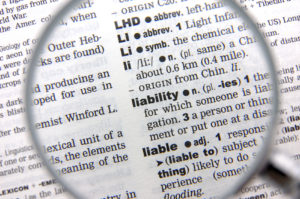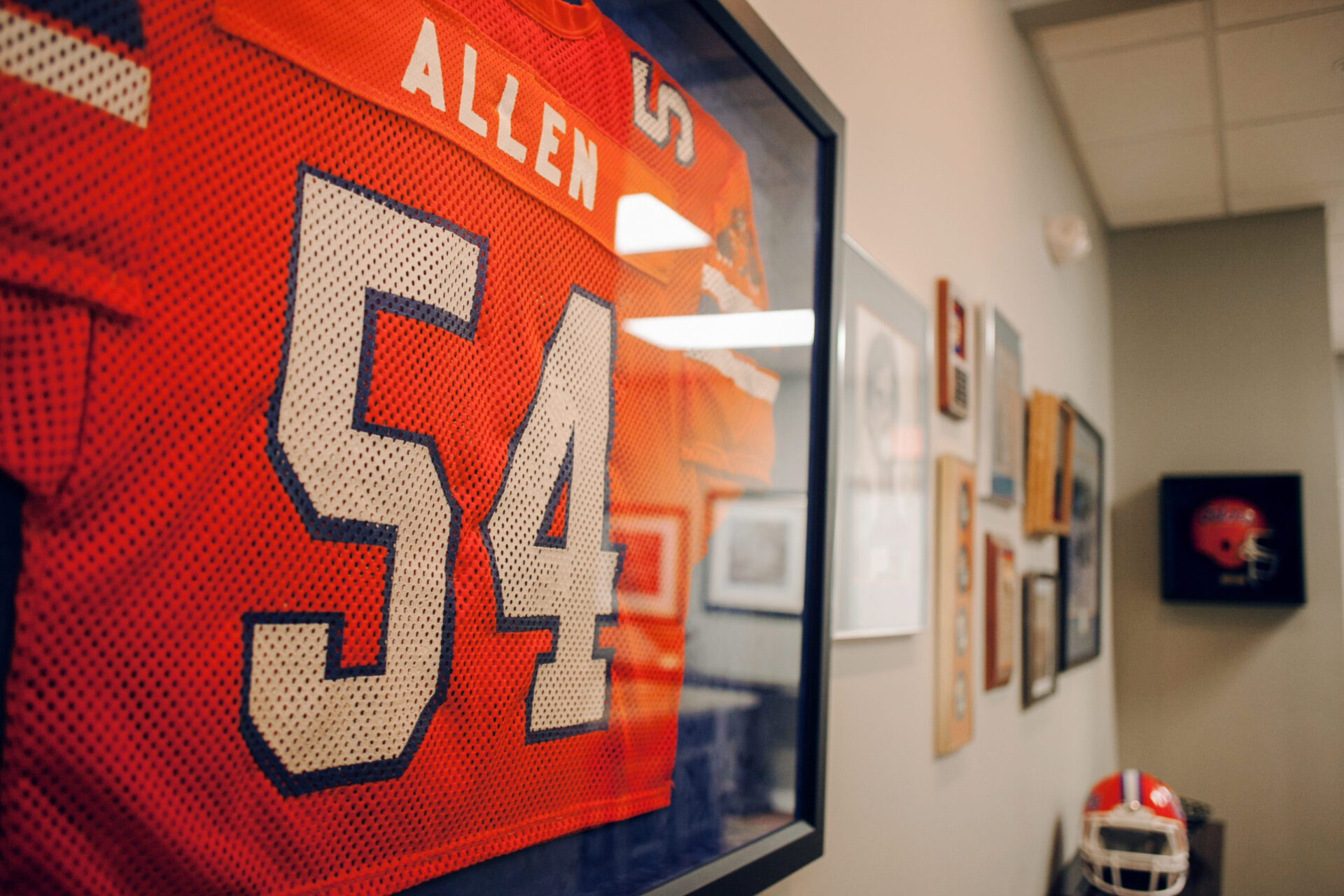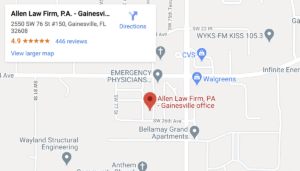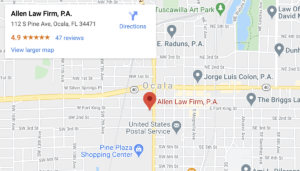Understanding Contributory Fault

Identifying cause and liability in a personal injury claim is critical to its outcome. Sometimes a single individual is responsible for the accident and any resulting injuries. However, more often than not, multiple individuals are determined to be liable for an accident.
Every state, including Florida, has laws to address these situations. These laws dictate how liability and fault are divided when more than one party plays a role in the accident.
There are three types of contributory fault:
- Pure contributory fault or negligence
- Pure comparative negligence or fault
- Modified comparative fault or negligence
Florida operates under a set of modified comparative negligence rules with a 51% bar to recovery. Florida personal injury lawyers are familiar with these rules and how they affect your personal injury claim.
To address the details of Florida’s comparative negligence system, let’s first review the general concepts surrounding contributory fault regulations.
What Are the Three Types of Shared Liability?

Contributory negligence laws ultimately dictate whether an individual who is partially at fault for their own accident may receive compensation for injuries they sustained. When multiple parties are involved, these laws also determine much compensation injured parties will receive from each party. It comes down to state laws that exist at the time of the accident.
Contributory Negligence
When contributory negligence is applied, an accident victim cannot seek monetary damages when they play even the slightest role in the accident resulting in their injury. Even if they share just one percent of blame for the accident, they will be completely barred from financial recovery.
Florida was historically a state with contributory negligence rules on the books. However, that changed in 1973 when Florida ended its contributory negligence model.
Most states abandoned their contributory fault rules over time. Currently, Virginia, North Carolina, Washington, D.C., Alabama, and Maryland are the only states that still apply pure contributory fault rules to a personal injury case.
Pure Comparative Negligence Law
Many states have embraced the concept of pure comparative fault. Florida followed pure comparative fault rules as well up until recently. Under the rules of pure comparative negligence, an accident victim can still seek damages for injuries even if they bear some responsibility for their injury. In these cases, damages are reduced based on the injured party’s role in the accident.
An example of pure comparative negligence may look like this:
John was rear-ended while stopped at a traffic light. While stopped, he sent a text message from his phone. Since he was preoccupied, he failed to notice the light turn green, and the driver that approached from behind saw the green light but failed to slow down even though John’s car was stopped.
In this example, both parties are to blame for the accident. John’s liability will affect his ability to seek damages and compensation based on the amount of blame assigned to him in settlement or trial.
If he is determined to be 25% at fault, he can expect a reduction in damages by 25%. A pure comparative negligence system also means that John is 25% liable with respect to any damages that the other driver and any other injured parties suffered in the accident.
Pure comparative negligence states include Alaska, New York, California, Arizona, Kentucky, Mississippi, Louisiana, Missouri, Rhode Island, New Mexico, Washington, and South Dakota.
Modified Comparative Negligence
Modified comparative negligence is a kind of hybrid of pure comparative and contributory negligence systems. While sharing blame does not automatically restrict the accident victim from receiving compensation, whether a party can recover money depend on the level of responsibility assigned. Florida, after recent changes in the law, now operates under a modified comparative negligence system.
For example, some states use 50% responsibility as a bar related to financial recovery. In other words, if the victim shares 50% or greater responsibility for the accident or more, they are barred from receiving compensation.
There are currently 12 different states following the modified comparative fault model with a bar at 50%. These states include West Virginia, Arkansas, Georgia, Colorado, Idaho, Maine, Kansas, Nebraska, South Carolina, North Dakota, Utah, and Tennessee.
Other states have rules that outline a 51% bar restricting victims from compensation, including Florida. Delaware, Connecticut, Hawaii, Iowa, Indiana, Illinois, Minnesota, Indiana, Massachusetts, Iowa, Michigan, Nevada, Montana, New Hampshire, Ohio, New Jersey, Oregon, Oklahoma, Texas, Pennsylvania, Wyoming, Vermont, and Wisconsin also follow these rules.
Once a victim’s portion of responsibility meets or exceeds that percentage, they are prohibited from receiving compensation.
How Is Fault Determined in Florida Accident Cases?
Fault will be determined by agreement or by trial. Many accident claims will not reach the trial phase. Parties often agree to a settlement amount that may take into consideration percentage of fault (although it will not likely be specifically assigned in a settlement agreement).
These settlements may be made through back and forth communication of the attorneys for the parties. Or, they may be made through arbitration or mediation. Your legal team will represent you in all settlement negotiations and proceedings, even if you never go to trial.
When a Florida personal injury case does end up in trial, the judge or jury assigns a percentage of fault to each party based on the evidence presented.
Insurance companies often try to blame the victim for an accident. That way, the amount that they have to pay is greatly reduced. A personal injury attorney will fight to reduce the percentage of liability assigned to you. By doing so, they preserve your right to a higher financial award.
Florida’s modified comparative negligence law is incredibly complex, especially when issues of liability and fault are in question. There are strict statutes of limitations on personal injury claims in Florida, so don’t delay. If you have questions or were injured in an accident, contact an experienced Florida personal injury lawyer to discuss your case.




